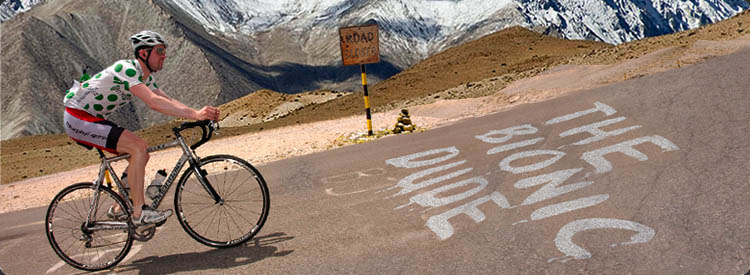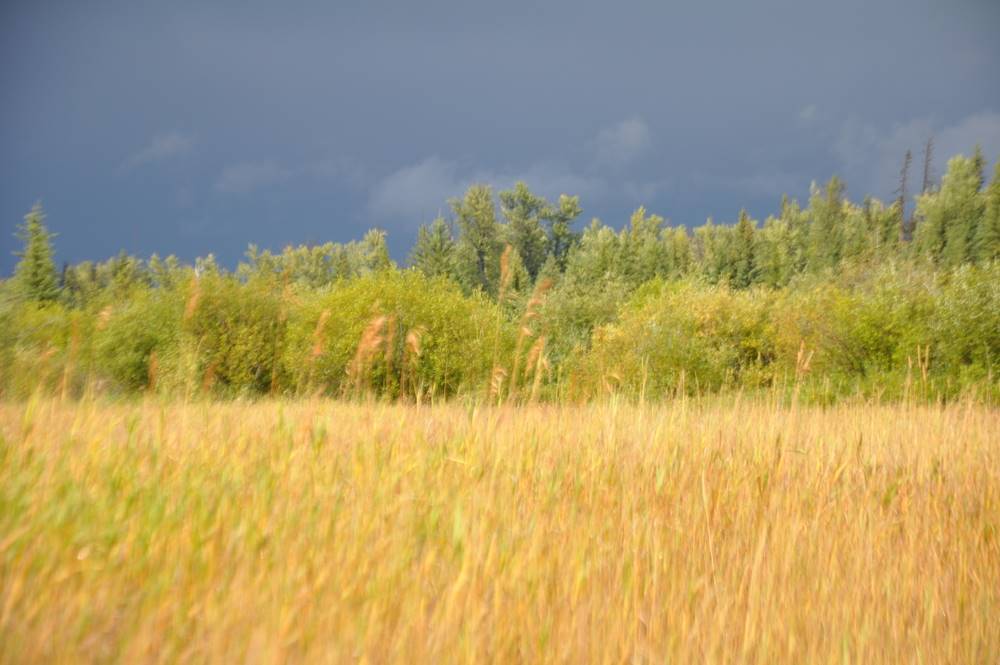
The town of Polebridge in Montana acts as a gateway to Glacier National Park but there is not a whole lot else there. There are only a handful of homes that house the die-hard locals able to tolerate being up a mountain in the middle of a harsh winter removed from conveniences. There are a few cabins for rent for people visiting the park, there is a restaurant and unbelievably, there is a quality bakery. Oddly, there is also a hostel. Coming across a hostel in the wilderness in America is as hard as spotting a mountain lion. To come upon a town so far off the beaten track with both an amazing bakery and hostel is slightly bizarre to say the least. The random discovery of an oasis in the desert is one of the biggest pleasures of travelling.
In terms of hostels, I have seen my fair share around the world although I didn't really come across them in Nepal, India or Tibet. Accommodation there is usually in the form of a basic tea-house up a mountain or else a hotel room, which in euros costs very little. The hostel scene for back-packers is pretty big in Australia. These are mostly populated by young British, Irish, Germans and Singaporeans looking for work and living off Pot Noodles and pots of Nutella. New Zealand has a healthy hostel scene but one should really be experiencing the middle of nature in a tent when there. In South America there are almost as many hostels as back-packers and where there are none there is always cheap lodgings of some sort. Unfortunately in Latin America back-packing is a cruel business. Locals begrudgingly prostitute themselves to the young twenty-something back-packing class. These back-packers tend to have more savings at their young age than the locals but not enough that the locals can make any real money from. Of course, this drives the locals mad ... it drives them to drink in fact and so it is no surprise that drink-driving related issues are part of the back-packer tour experience there. Canada is home to the most expensive and up-its-ass hostel scene in the world (some exceptions aside) and America, while having hostels in bigger cities, tends not to have a real hostel culture elsewhere.
The hostel scene originated in Europe. Its remit is to provide a cheap bed for the night and to be a good place for travellers to meet and share experiences. While they are open to all, they are principally the domain of young people and travellers. Young people don't have the savings to afford a hotel room and travellers tend to be on the road for a while such that they need to spread their savings over a longer duration so they can travel some more. The real agenda is that travel broadens one's mind and so hostels are supposed to facilitate this by being accessible to young people and people of less means. Of course, hostels should be more than just a cheap bed in a dorm for a night. As hotels are typically very anonymous places hostels try to foster interaction. Indeed, meeting cool people in hostels and hatching plans with new friends is one of the high-lights of back-packing. Thus, while the brief of a hostel is quite simple they don't all succeed in fulfilling it.
The North Fork Hostel is the anti-thesis of most modern day hostels. This is strange because it stays true to the original concept of what a hostel is supposed to be about. While being a business, a hostel should not be viewed as a business opportunity. People who get involved in the running of a hostel to make money set the wrong tone. Like any organisation, the culture and atmosphere of the entity is determined by the founder and if someone establishes a hostel based on investment and returns then this becomes part of the guest experience. People who use hostels tend not to have much money so they react badly to a hostel where people sit in an office and think of ways to generate sales. Unfortunately, there is a lot of health and safety red-tape associated with the hospitality industry nowadays. This increases the costs associated with establishing and maintaining a hostel such that the owner is forced to look at it as a business. It is really the business angle which has transformed hostels into becoming quasi-hotels. Indeed, hostels are rarely small these days, which increases the anonymity they are supposed to avoid. In an effort to fill as many beds as possible they try to appeal to a broad audience; just as a house is painted in neutral colours when it is being dressed for sale so too are hostels. In an effort to be as inoffensive as possible they assume a vacant personality and ambience so that people don't get turned off. Naturally, people gravitate towards things that they identify with, which means these hostels attract predominantly bland and boring middle-of-the-road sorts. Such types rarely add to one's travelling experience and so these hostels should be avoided. However, finding a hostel that fulfils the original brief is very difficult these days.
The North Fork Hostel is a rare exception. Unusually for a hostel it is not located centrally to lots of tourist traffic. A lot of hostels fall victim to the demands of tourists, which changes the ambience of the place. Tourists are typically looking to do many things in as short a time-frame as possible; this makes the energy of a hostel quite frenetic. In such places it is difficult to stay longer than the norm as there is such a high turn-over of people all repeating the same demands. This energy makes it hard to relax and catch your breath when you have been on the road for a while. Unlike modern hostels one does not find a lobby or reception area in the North Fork Hostel, rather a reception room. One simply steps onto the porch, through the front door and into what is effectively a home. A guest is unable to distinguish between Oliver, who owns and runs the hostel, and the other guests because he is likely sitting down beside them around the kitchen table engaged in their conversation. Oliver is the one sipping mate when others are drinking pots of hot tea.
Oliver, a seasoned traveller and bike-tourer, stumbled upon the hostel himself in the middle of one of his adventures. The inclement weather led him to ask around as to whether there was somewhere to get out of a wet tent for a while. He was directed to the North Fork Hostel, which was then owned and run by John. As John was getting on and did not have quite the same energy to be running the hostel and taking an interest in his guests as he had before, Oliver decided to work with John and eventually bought the place. The hostel benefits from his experience as a traveller but it is more because the hostel expresses a lot of what is already inside of Oliver that makes the place such an enjoyable retreat. Oliver enjoys the outdoors and has no desire for the busy lifestyle that has befallen most of us, he prefers to read and busy himself with projects he can do in his own time. Being drawn to Polebridge and falling in love with the place has meant that the hostel expresses both Oliver's personality and that of Polebridge's beautifully. They are one and the same thing and this is key to a great hostel. As I mentioned above, an entity assumes the personality of the owner and in most cases hostel owners are in absentia and the place is run by foreigners who have not been in town long enough or travelled long enough to be of any use to guests. This speaks a lot about the nature of these hostels. The North Fork Hostel is small such that it doesn't become anonymous, this gives it a very homely feel where you can't but engage the other guests in conversation. It is very affordable to the extent that travellers feel compelled to respect the hostel's ambience and state their graciousness to their host. This is always the case when ones experiences the hospitality and intimacy of a home environment as opposed to a hotel.
In essence, the North Fork Hostel is all that a hostel should be. It not only expresses Oliver's personality but the outhouses, propane lighting and cosy feel bring the Polebridge experience indoors too. Admittedly, this hostel has a certain appeal and it is only people who are interested in being in the remote outdoors and experiencing the less touristy parts of Glacier National Park who are drawn here. But that is how it should be; like attracts like. It would be more preferable to have a choice of a few hostels of differing personalities than one big bland catch-all hostel. This would more easily allow like-minded people to meet. It is the fact that the North Fork Hostel was already a going concern and that its remote location makes it difficult to source both unlimited amounts of power and electricity that enables Oliver to side-step certain things which are enforced as standard elsewhere. It is these common standards that are responsible for increasing the homogenisation of the hostel experience and one has to call them into question.
I hesitate in posting this review as the last thing I want to do is to attract 'tourists' to such a retreat. Drawing attention to something positive usually creates enough pollution such that it alters the original source of purity forever. I can picture Oliver reading this and frowning at the thought of having to run the hostel at full capacity to the demands of 'tourists' such that he gets no time to himself. However, it is worth using North Fork Hostel as an example as to how far hostels have departed from the original concept. In the current global epidemic of sameness there is an infinite need for difference as a tonic.
Long live the North Fork Hostel.
Marco
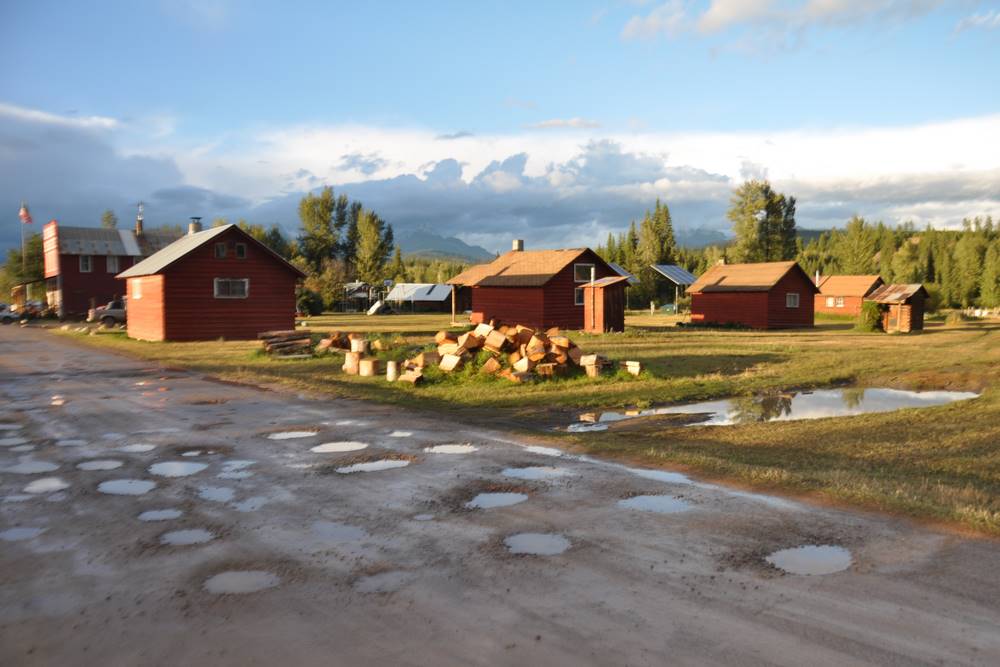 pot-hole-bridge
pot-hole-bridge
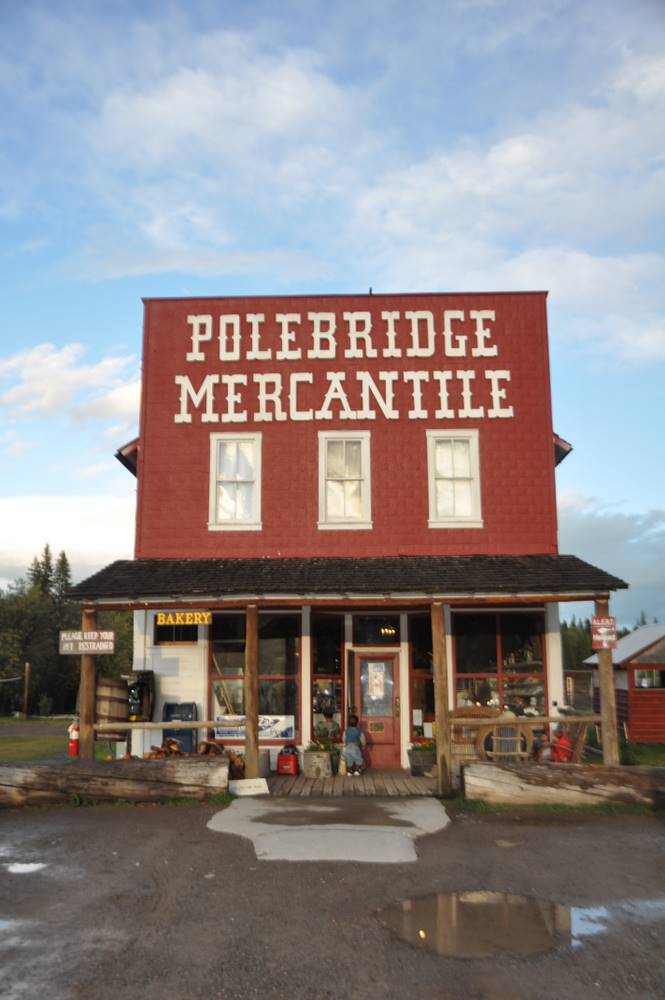 unbelievable cookies here
unbelievable cookies here 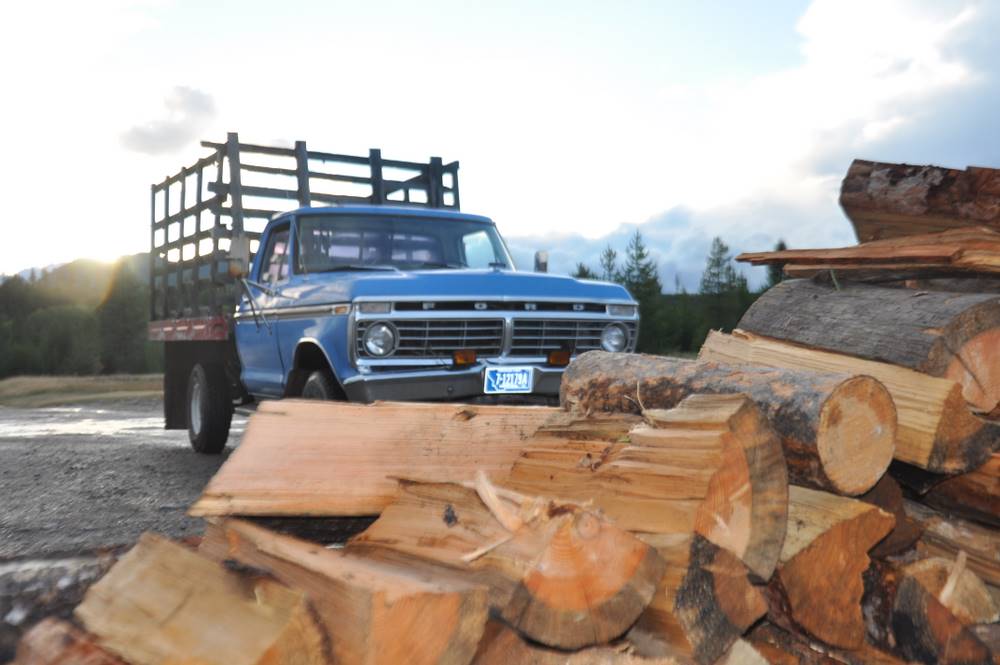
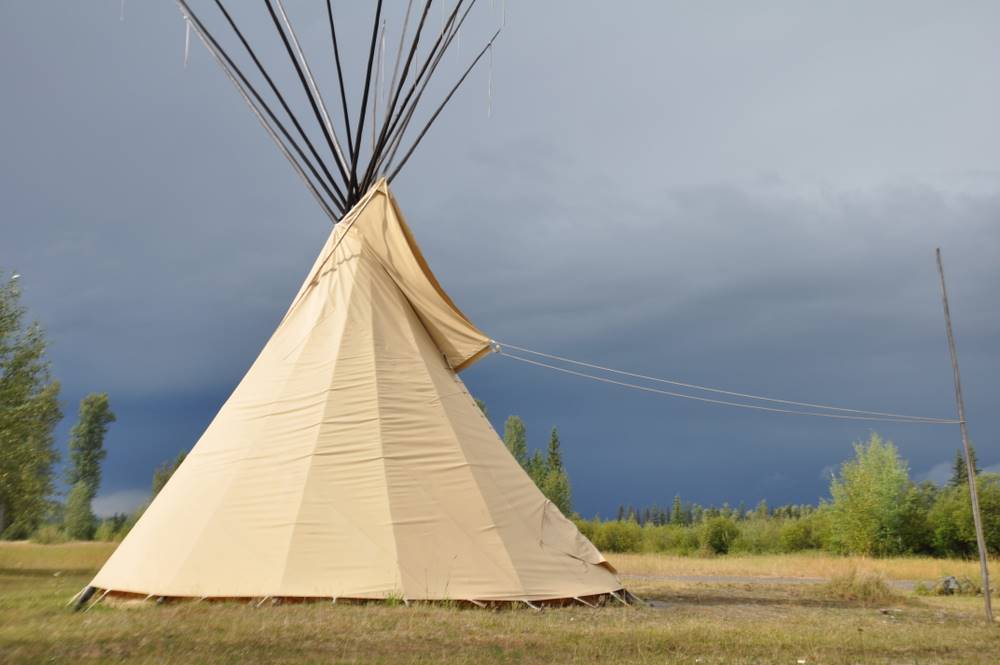
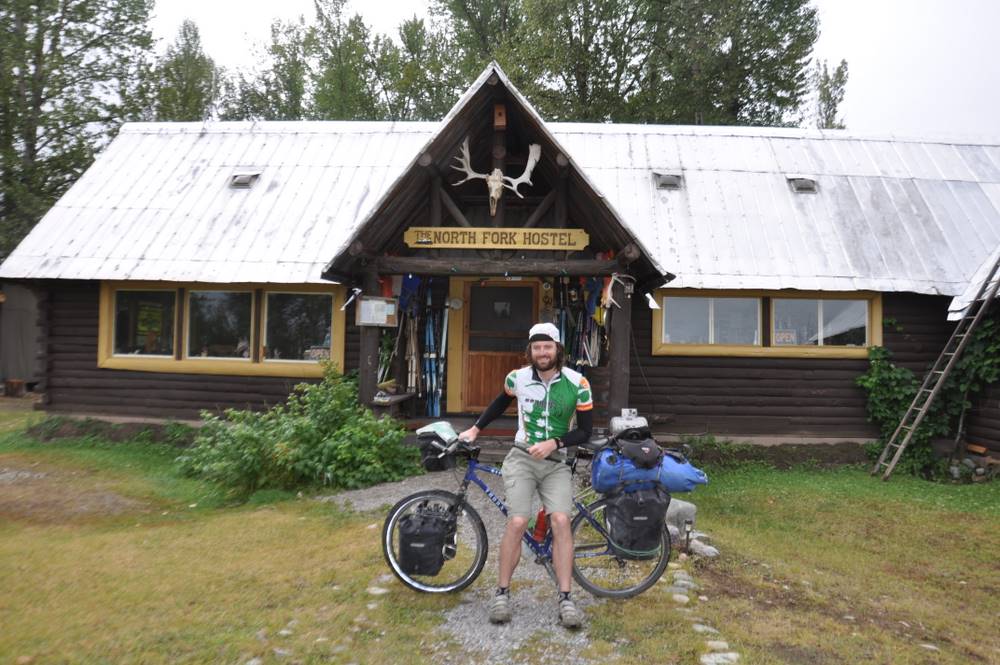
 Monday, October 25, 2010 at 7:26PM | by
Monday, October 25, 2010 at 7:26PM | by  Giller
Giller Holland Lake is now behind me
where is this going?
crikey!
Lewis, Clark & Gill exhibit
Ovando
clouds rumble as I make my way to Huckleberry Pass in the distance
